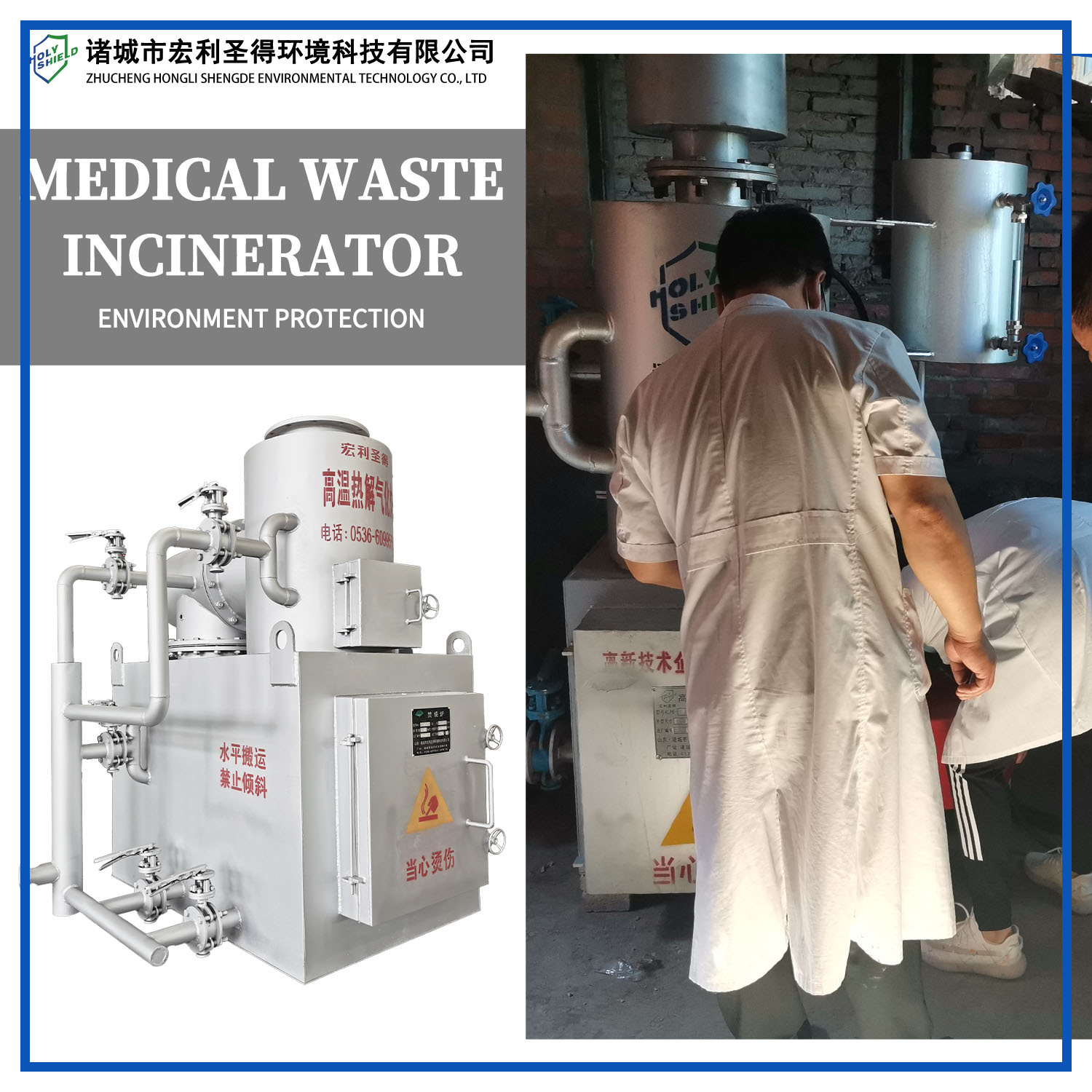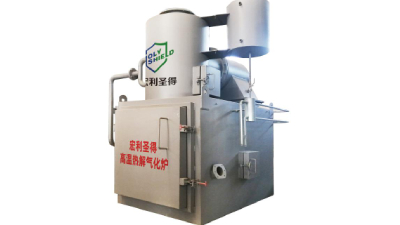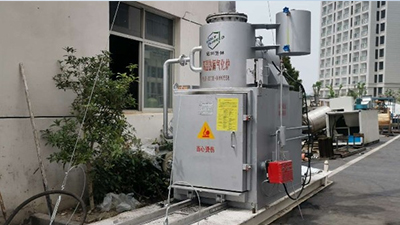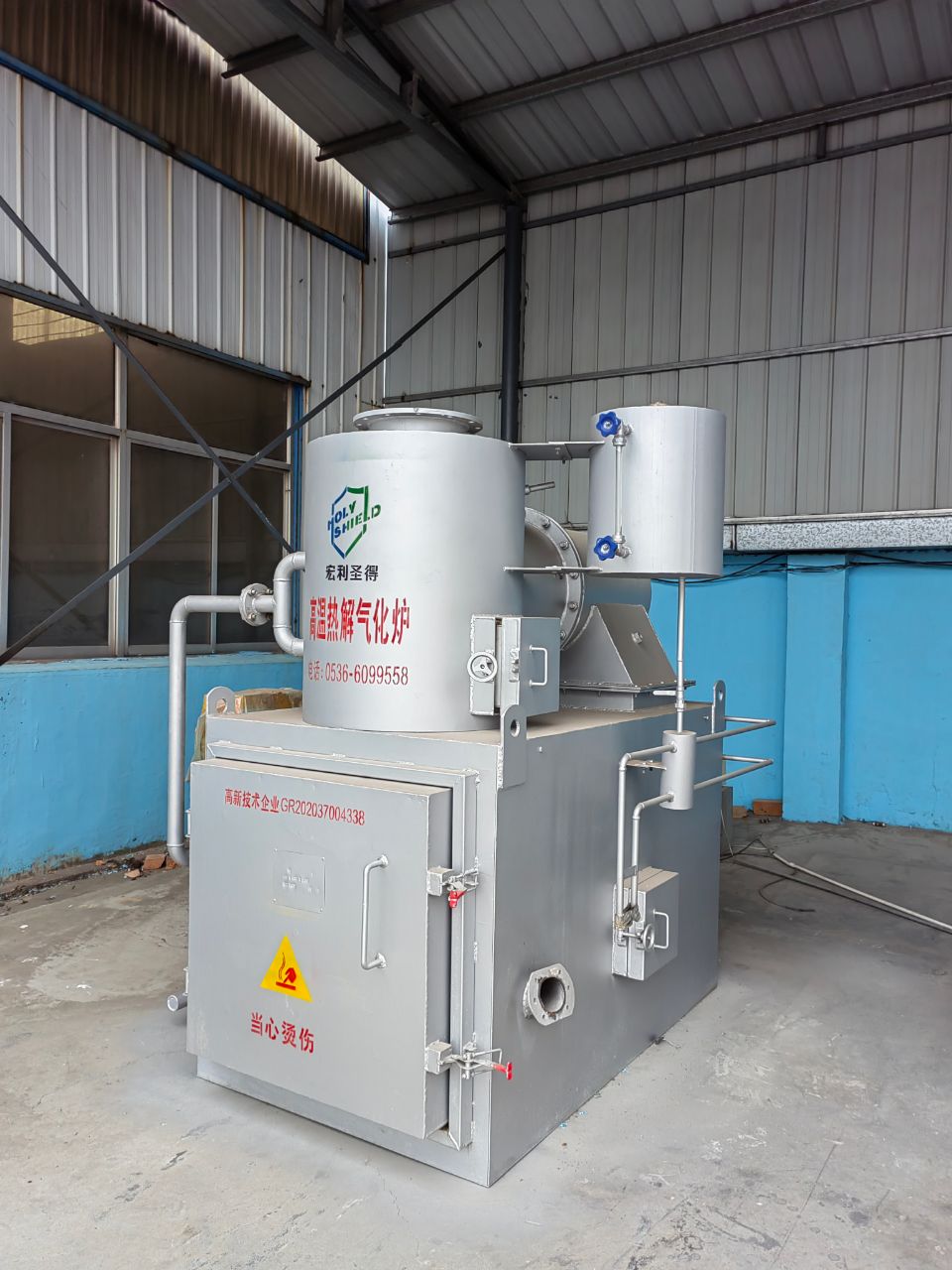



Hazardous solid waste is the final state of many pollutants, and it will remain in the environment for a long time. In order to control its pollution to the environment, it must be finally disposed of, and a reasonable way must be sought to isolate it from the biosphere as much as possible. Therefore, harmless treatment is to solve the problem of its ultimate fate, and it is also the last link in the management of hazardous solid waste.
 Incineration is an important method of harmless treatment. Generally speaking, almost all organic solid waste can be treated by incineration. For inorganic and organic mixed solid wastes (such as cables), if the organic matter is toxic and hazardous, it is generally best to use incineration to dispose of it, so that the inorganic matter can be recovered after treatment. Some special organic solid wastes are only suitable for incineration, such as medical solid waste in hospitals, and certain toxic intermediate by-products in petrochemical industrial production.
Incineration is an important method of harmless treatment. Generally speaking, almost all organic solid waste can be treated by incineration. For inorganic and organic mixed solid wastes (such as cables), if the organic matter is toxic and hazardous, it is generally best to use incineration to dispose of it, so that the inorganic matter can be recovered after treatment. Some special organic solid wastes are only suitable for incineration, such as medical solid waste in hospitals, and certain toxic intermediate by-products in petrochemical industrial production.
The incineration process of solid waste is more complicated than that of ordinary fuel. Due to the complex and diverse physical and chemical properties of solid waste, for the same batch of solid waste, its composition, calorific value, shape and combustion state will vary greatly with time and the combustion area, and the resulting combustion The composition of the exhaust gas and the properties of the waste residue will also change accordingly.
 Therefore, solid waste incineration equipment must be adaptable, flexible in operation, and have the ability to automatically adjust operating parameters to a certain extent, so as to meet the needs. Customizable high-temperature pyrolysis gasification furnace can basically do it, and after incineration in high-temperature pyrolysis gasification furnace, the volume of combustible solid waste can be quickly and greatly reduced, and the volume of waste after incineration is only 5% or less of the original volume. , Some hazardous solid wastes can be destroyed by incineration, which can destroy their structure or kill pathogenic bacteria, so as to achieve the purpose of detoxification and detoxification.
Therefore, solid waste incineration equipment must be adaptable, flexible in operation, and have the ability to automatically adjust operating parameters to a certain extent, so as to meet the needs. Customizable high-temperature pyrolysis gasification furnace can basically do it, and after incineration in high-temperature pyrolysis gasification furnace, the volume of combustible solid waste can be quickly and greatly reduced, and the volume of waste after incineration is only 5% or less of the original volume. , Some hazardous solid wastes can be destroyed by incineration, which can destroy their structure or kill pathogenic bacteria, so as to achieve the purpose of detoxification and detoxification.